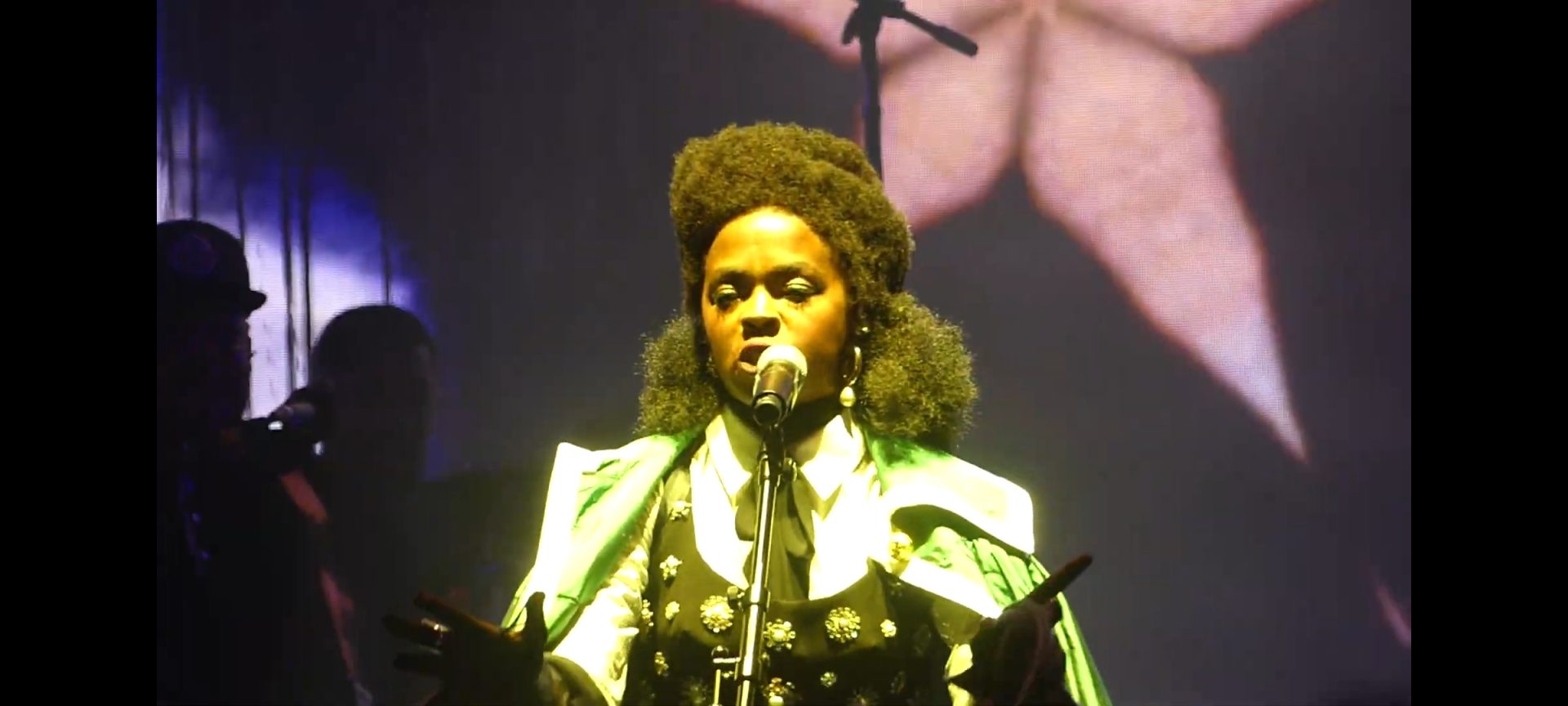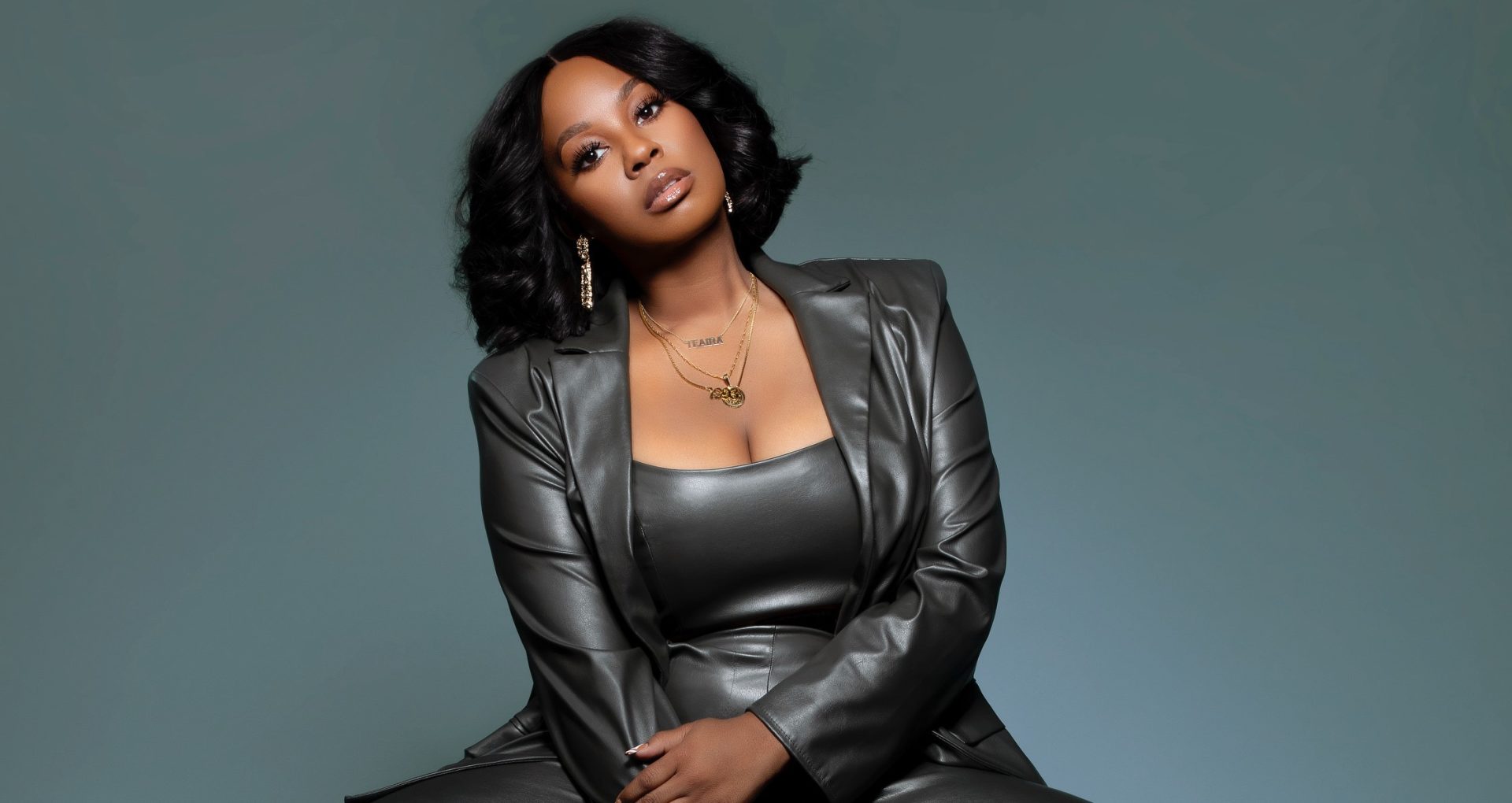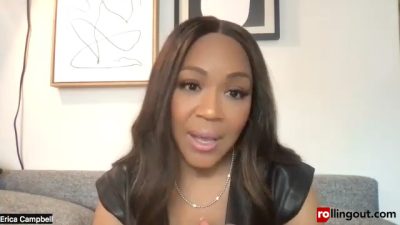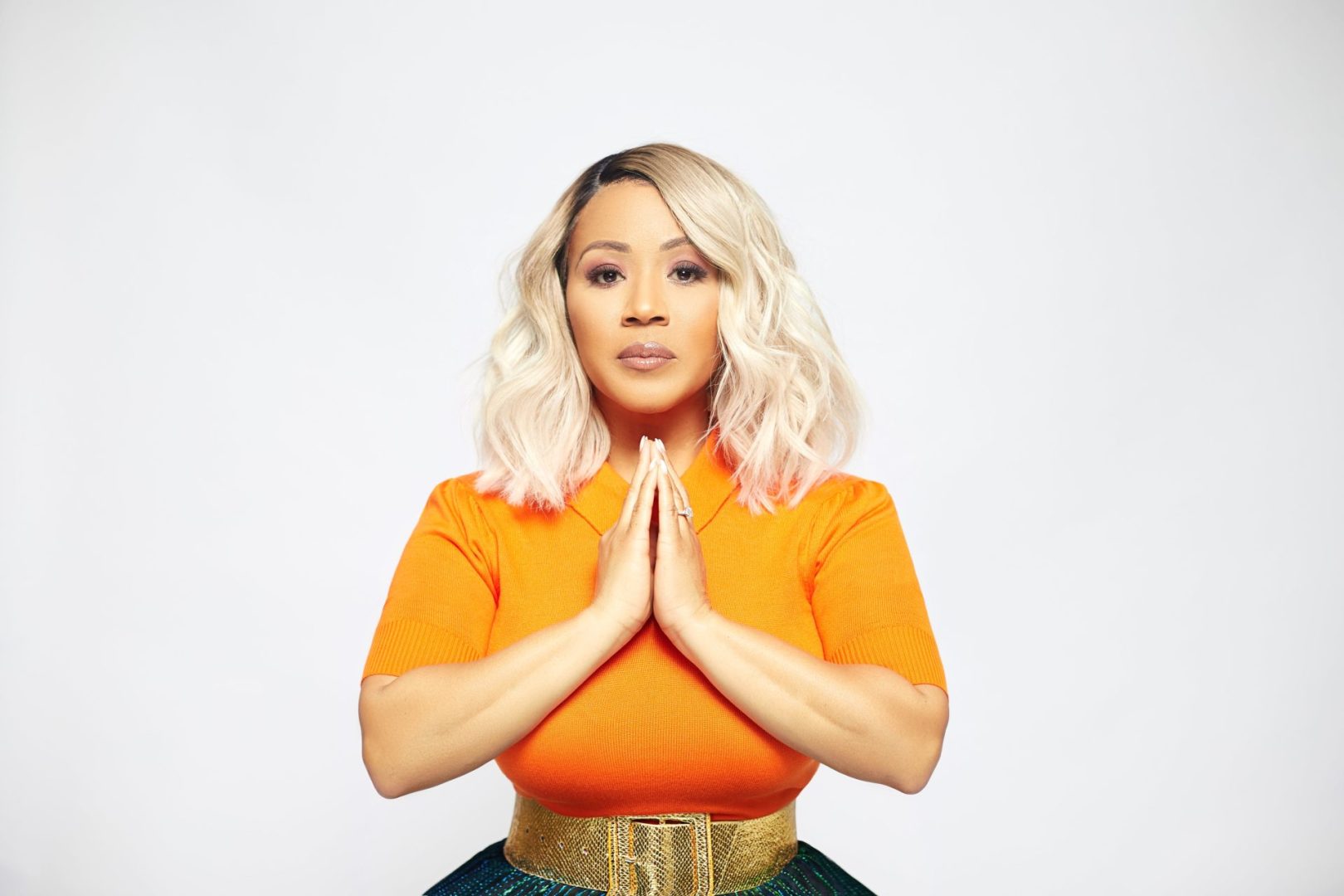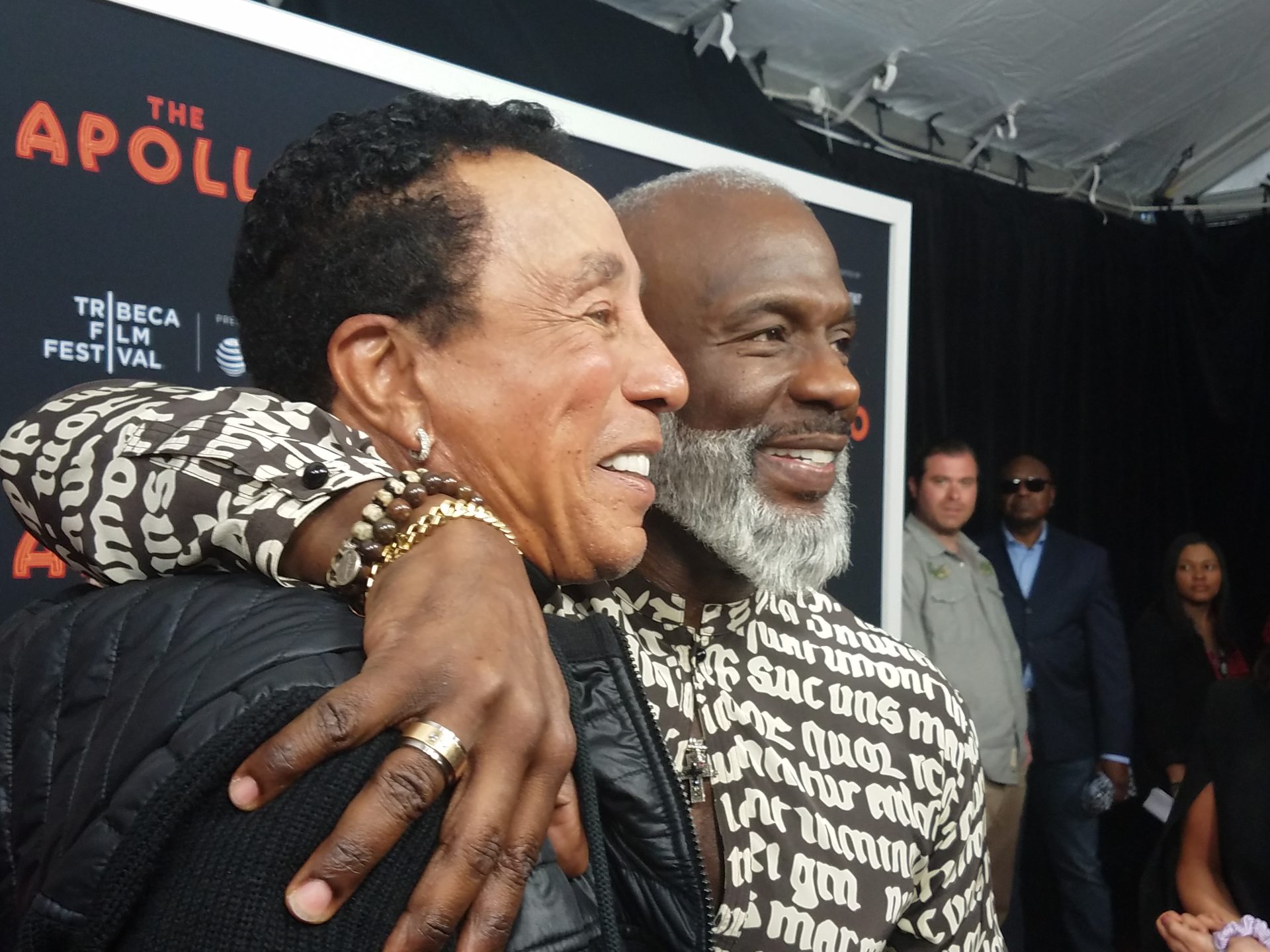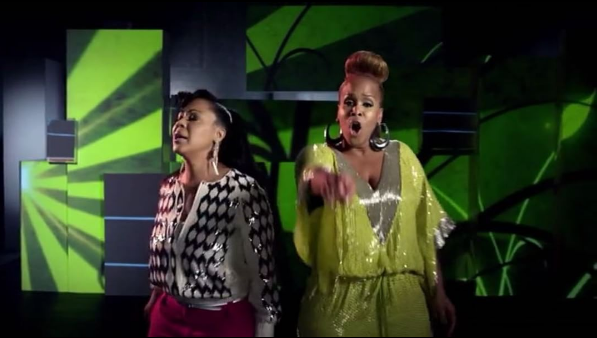
Phoenix retiree Steve Guin complained to his local newspaper that there are too many African Americans — women in particular — on the television channel he watches.
Guinn, 80, tunes into “WE TV,” which stands for ‘Women’s Entertainment TV,” to watch his favorite show, “Law and Order.” He said he is genuinely annoyed when he has to “endure” programs such as “Mary Mary,” or other programming depicting Black women with colorful weaves and whose English grammar is deficient.
“I’m not casting criticism,” he adds, but “the commercials are the biggest offenders.”
Guinn wrote the letter to the editor of the Arizona Republic, which published it — and many are offended about its racist undertone.
“By my count, nearly 50 percent of the folks in the commercials are African Americans.” his letter began. “That is not the ratio of the general population. It is an attempt to be politically correct, but a feeble one. “There are few Asians, Native Americans or Latinos. African Americans are way more sensitive and activist about their image. Does this diversity in advertising create more sales for the advertised product? I don’t think so, but that is only my opinion.
“Mixing a social issue with product promotion may only dilute the product message.”
Why are the thoughts of a single 80-year-old man important, you may be thinking? Number one, just like the middle-aged woman who recently criticized the voluptuous Black weather reporter for her large figure and form-fitting clothes, this man’s thoughts represent a section of the population who feel exactly the same way he does. Secondly, middle-age people and retirees represent the largest and most dependable voting blocks in the country. They decide local and national elections and they put Donald Trump into office.
The Arizona Republic published the elderly man’s letter under the headline, “Letter: Why are there so many black people in TV ads?”
Asked about that “nearly 50 percent” figure, Guinn says, “I’ve not researched that number, but I believe it’s awfully close.”
“We do fact check letters, but we do not vet them with the kind of rigor we would, for instance, a news story or editorial,” Phil Boas, editorial page director of the Arizona Republic, told Journal-isms Wednesday by email. “Letters to the editor are not considered authoritative. They reflect an opinion, the public pulse, if you will. Often those public opinions are highly controversial.
“In the case of this letter, the reader cites numbers based on his own count, which of course are unverifiable. The next question becomes is the issue a real one, one that is discussed in legitimate forums. And a quick survey of the web shows us that the issue has been discussed in responsible places:
“You’ll see the topic of minority overrepresentation in commercials and programming discussed on NBC, CNN, UCLA going back years… ”
Boas continued, “Our next question became, is the letter racist? As I went through the wording of the letter, I found that the reader is animated by his concerns about the politicalization of advertising, political correctness, social issues. In other words, he seemed to be barking against what he believes is Madison Avenue social engineering.
“Two editors independently chose the letter for publication. I chose it for print. Another editor chose it for online. Interestingly, we both came to learn afterwards we disagree with the letter writer — that even if blacks were overrepresented in his own personal survey of ads, so what? Why is that a bad thing?”


